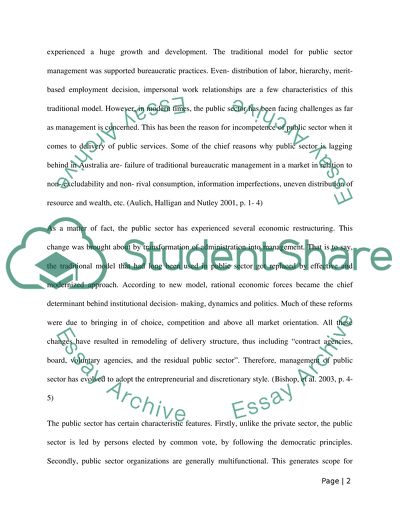Cite this document
(“Discuss how theories of organizational culture can illuminate the Essay”, n.d.)
Retrieved from https://studentshare.org/history/1480697-discuss-how-theories-of-organizational-culture-can
Retrieved from https://studentshare.org/history/1480697-discuss-how-theories-of-organizational-culture-can
(Discuss How Theories of Organizational Culture Can Illuminate the Essay)
https://studentshare.org/history/1480697-discuss-how-theories-of-organizational-culture-can.
https://studentshare.org/history/1480697-discuss-how-theories-of-organizational-culture-can.
“Discuss How Theories of Organizational Culture Can Illuminate the Essay”, n.d. https://studentshare.org/history/1480697-discuss-how-theories-of-organizational-culture-can.


